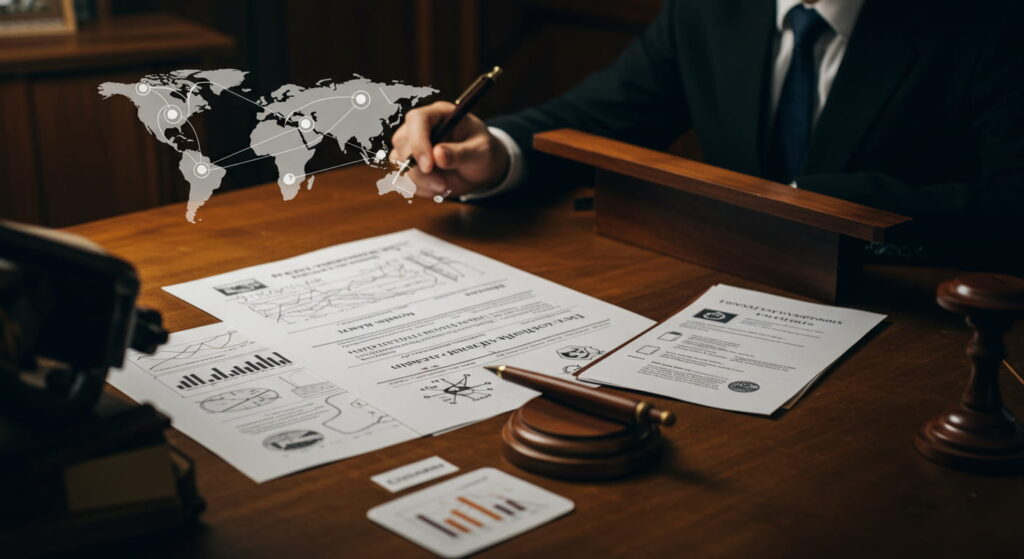The term kleptotoxicity is a relatively new and emerging concept, combining the prefix “klepto” (meaning theft or stealing) with “toxicity” (harmful or poisonous effect). At its core, kleptotoxicity refers to the toxic consequences of theft, exploitation, or appropriation—whether in social, economic, cultural, or even ecological contexts.
In today’s interconnected world, where intellectual property theft, resource exploitation, and unethical behaviors can spread like wildfire, understanding kleptotoxicity becomes crucial. It represents not only the damage caused by stealing tangible assets but also the psychological, financial, and societal harm that follows.
In this article, we will explore kleptotoxicity in detail—its meaning, implications across industries, examples, solutions, and frequently asked questions.
What is Kleptotoxicity?
Kleptotoxicity can be defined as:

“The harmful impact caused by stealing, misappropriation, or exploitation, leading to negative consequences for individuals, organizations, or ecosystems.”
Unlike ordinary theft, kleptotoxicity emphasizes the toxic ripple effects that theft causes—long-term damage, trust erosion, emotional trauma, and economic decline.
Origins of the Concept
The idea of kleptotoxicity likely evolved as a way to describe how theft is not just an isolated act but a chain reaction of harm. It relates to multiple areas, including:
- Business & Economics – Intellectual property theft, financial fraud, data breaches.
- Culture – Cultural appropriation, plagiarism, unethical use of traditions.
- Environment – Resource theft, illegal mining, deforestation.
- Personal Life – Toxic relationships involving manipulation, exploitation, or stealing opportunities.
Types of Kleptotoxicity
1. Economic Kleptotoxicity
This occurs when theft leads to financial harm. Examples:
- Counterfeit goods damaging legitimate businesses.
- Corporate espionage and stolen trade secrets.
- Corruption and embezzlement draining national economies.
2. Cultural Kleptotoxicity
When cultures are exploited or stolen without acknowledgment, it causes long-lasting resentment and loss of identity. Examples:
- Unauthorized use of indigenous art.
- Appropriation of traditional fashion without credit.
- Copying literature or music without attribution.
3. Digital Kleptotoxicity
In the digital age, this form is most common:
- Software piracy.
- Cyberattacks stealing data.
- Plagiarism in online content.
- Identity theft and its emotional toll.
4. Environmental Kleptotoxicity
Exploitation of natural resources in unsustainable ways. Examples:
- Illegal logging and deforestation.
- Wildlife poaching.
- Stealing water supplies or minerals from local communities.
5. Psychological Kleptotoxicity
The emotional and mental harm caused by exploitation or manipulation:
- Toxic relationships where one person steals trust, energy, or peace of mind.
- Workplace exploitation leading to stress and burnout.
- Devaluation of self-worth when ideas are stolen.
Also read: Axurbain
Effects of Kleptotoxicity
Kleptotoxicity creates a domino effect with multiple layers of damage:
- Financial Losses – Businesses lose billions annually to theft and fraud.
- Trust Erosion – Victims lose faith in institutions, relationships, or systems.
- Legal Consequences – Criminal charges, lawsuits, and reputational damage.
- Social Inequality – Exploitation often targets marginalized groups.
- Psychological Harm – Stress, anxiety, depression in victims.
- Environmental Damage – Irreversible destruction of ecosystems.
Real-World Examples of Kleptotoxicity
- Data Breaches – Major corporations losing customer data to hackers.
- Art Theft – Famous paintings stolen or illegally replicated.
- Cultural Exploitation – Indigenous designs sold by fashion brands without acknowledgment.
- Resource Theft – Illegal mining in developing countries harming local communities.
- Workplace Idea Theft – Employees losing credit for their innovations.
Preventing Kleptotoxicity

1. Legal Frameworks
- Stronger intellectual property laws.
- Strict enforcement of anti-theft regulations.
- International cooperation against cybercrime.
2. Organizational Policies
- Encouraging ethical business practices.
- Data protection and cybersecurity measures.
- Whistleblower protection to report corruption.
3. Cultural Sensitivity
- Giving credit to original creators.
- Respecting indigenous knowledge.
- Promoting ethical collaborations.
4. Personal Safeguards
- Protecting personal data online.
- Setting boundaries in relationships.
- Documenting ideas and contributions at work.
5. Environmental Protection
- Enforcing sustainable practices.
- Punishing illegal resource exploitation.
- Supporting eco-friendly businesses.
Importance of Addressing Kleptotoxicity
If ignored, kleptotoxicity can weaken entire systems. Some key reasons to address it include:
- Protecting innovation and creativity.
- Ensuring fair economic growth.
- Promoting social justice and equality.
- Preserving cultural heritage.
- Maintaining ecological balance.
Also read: Kashubka Annet
Kleptotoxicity in the Digital Era
The internet has amplified kleptotoxicity by making theft faster and harder to track. For instance:
- Pirated software costs tech firms billions.
- Fake social media accounts exploit identities.
- Content scraping damages SEO rankings for legitimate creators.
Therefore, digital literacy and cybersecurity are vital in combating this problem.
Ethical Responsibility and Kleptotoxicity
Every individual and organization has a moral duty to prevent kleptotoxicity. Acting ethically means:
- Respecting ownership.
- Giving credit where it’s due.
- Avoiding exploitation for personal gain.
Future of Kleptotoxicity Awareness
As awareness spreads, “kleptotoxicity” may become a recognized term in law, psychology, and environmental studies. Expect:
- Stronger laws against exploitation.
- Global campaigns to raise awareness.
- Integration of the concept in education.
10 Frequently Asked Questions
1. What does kleptotoxicity mean?
Kleptotoxicity refers to the harmful effects of theft, exploitation, or misappropriation, whether in business, culture, environment, or personal life.
2. Is kleptotoxicity only about financial theft?
No, it also covers cultural appropriation, emotional exploitation, resource theft, and environmental harm.
3. How is kleptotoxicity different from ordinary theft?
Ordinary theft is a single act, while kleptotoxicity emphasizes the toxic consequences and ripple effects caused by theft.
4. Can kleptotoxicity affect mental health?
Yes, victims often face stress, anxiety, or loss of trust, which can harm psychological well-being.
5. What is an example of kleptotoxicity in the workplace?
When a manager steals an employee’s idea and presents it as their own, it creates financial and emotional harm.
6. How does kleptotoxicity harm the environment?
Illegal logging, poaching, and resource theft cause long-lasting ecological destruction and biodiversity loss.
7. Can kleptotoxicity be prevented?
Yes, through stronger laws, ethical practices, data security, and cultural sensitivity.
8. Is kleptotoxicity a legal term?
Currently, it is more of an emerging concept rather than a strictly legal term, but it overlaps with intellectual property, fraud, and environmental laws.
9. How does digital kleptotoxicity affect businesses?
Businesses lose revenue, credibility, and innovation potential when their digital assets are stolen or misused.
10. Why is it important to raise awareness about kleptotoxicity?
Awareness helps individuals and organizations recognize exploitation, take preventive measures, and promote fairness in society.
Conclusion:
Kleptotoxicity is more than just theft—it is the toxic aftermath of exploitation that ripples through society, culture, environment, and individuals. From stolen data to cultural appropriation, from corporate fraud to environmental damage, the effects are wide-reaching and severe.
By recognizing kleptotoxicity, we can take steps to protect creativity, innovation, fairness, and ecological balance. Strong laws, ethical practices, personal responsibility, and global awareness are essential in minimizing its impact.
In the digital age and beyond, fighting kleptotoxicity means safeguarding not only assets but also trust, justice, and su
Related post:















